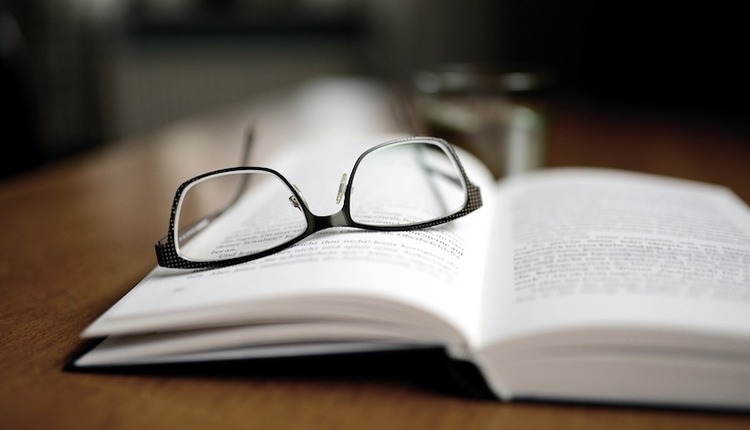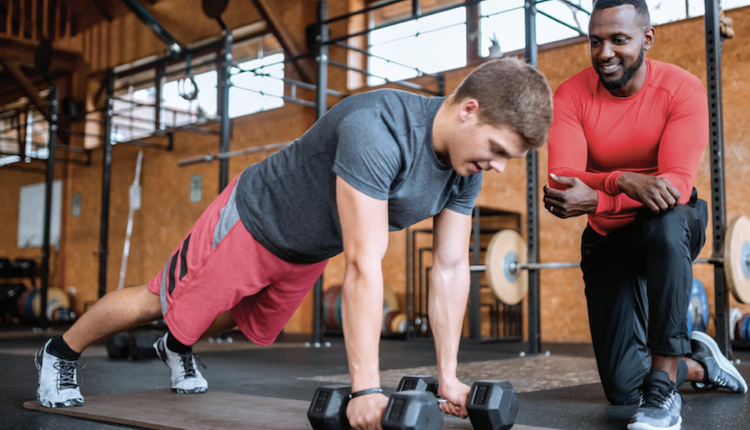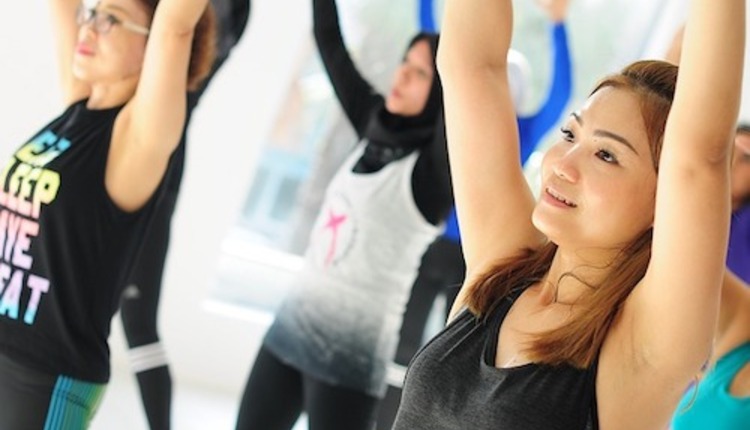To underscore their commitment to secondary school sports injury prevention and treatment, the National Athletic Trainers Association (NATA) and the North American Booster Club Association (NABCA) today announced a partnership at NATAs annual meeting in St. Louis. As a first step in this partnership, NATA member Kira Au, MS, ATC, head athletic trainer at Bishop Amat Memorial High School in La Puente, California, will become the first athletic trainer appointed to the NABCA national advisory board. The associations also introduced a sports safety checklist as a guide for parents, coaches, administrators, athletic trainers and other health care professionals, to ensure safe and healthy play.
We are excited to partner with NABCA to educate parents and coaches on how to help high school athletes avoid common sports-related injuries, said NATA President Chuck Kimmel, ATC. After all, the safety of young athletes is a top priority for certified athletic trainers who specialize in the prevention, diagnosis, treatment and rehabilitation of injuries.
Teaming up with NATA is a natural fit for our organization, and were pleased to welcome Kira Au to our national advisory board, said Steve Beden, president and CEO of NABCA. We look forward to working with NATA on ongoing projects to reduce the number of injuries among children playing sports in the US.
Sports Safety Checklist
Following are highlights of the NATA and NABCA sports safety guidelines. An electronic version of the entire checklist is available at www.nata.org and www.boosterclubs.org.
1. Coaches should develop a written emergency action plan to prepare for possible sport-related injuries.
2. If there is no certified athletic trainer on staff, coaches, parents and officials should be trained in first aid, cardio-pulmonary resuscitation (CPR) and use of Automated External Defibrillators (AEDs).
3. Make sure that athletes have their own water bottles and stay well-hydrated.
4. Develop educational programs for parents and athletes regarding conditioning, strength training, hydration, nutrition, injury prevention and care, rules and fundamentals of the sport.
5. Plan a mock emergency to practice execution of the emergency action plan.
6. Determine what to include in a first aid kit for specific sports.
7. On a regular basis, perform a safety check of the facility.
8. Develop a sports/parent code of conduct, and always show good sportsmanship.
9. Understand the fundamentals and rules of the sport, and be supportive of your child and the coach.
10. Coaches should always arrange a preseason meeting for parents outlining the schools or leagues philosophies and safety procedures.
For more information, visit the National Athletic Trainers Association (www.nata.org)
and North American Booster Club Association (www.boosterclubs.org).











